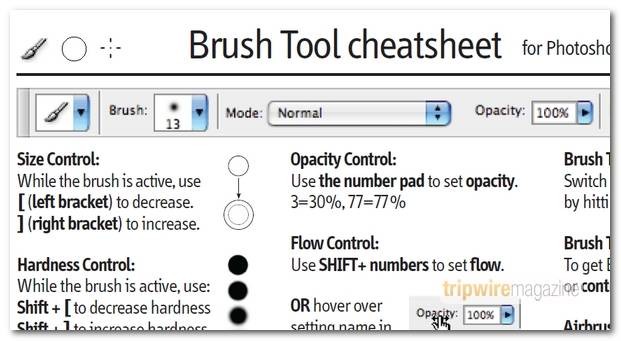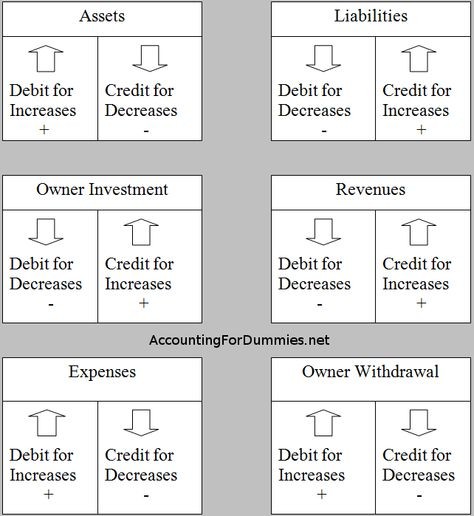Cash Flow For Dummies Cheat Sheet For Dummies
Post on: 22 Апрель, 2015 No Comment

From Cash Flow For Dummies by John A. Tracy, Tage Tracy
C ash flow refers to generating or producing cash (cash inflows) and using or consuming cash (cash outflows). You should think of cash flow as the lifeblood of your business, and you must keep that blood circulating at all times in order avoid failure. Managing cash flows is essential to the successful operation of your business.
The Key Terms of Profit and Cash Flow Analysis
Understanding the terminology used in profit and cash flow analysis is essential to managing the finances of your business. Here are some key terms you should commit to memory:
Break-even. The level of sales required to produce operating results with zero profit (sales revenue less cost of sales and other expenses equals zero).
Burn rate. The rate at which cash is burned or consumed by a business that is operating at a loss (or at a very low profit margin possibly).
Cap table. A cap table, or capitalization table, is a summary of who owns what portion of a company and in what structure. Ownership structures are a very sensitive and important issue with third-party financing sources.
Extending the runway. If youre forecasting cash to run out in four months but a new source of cash wont be available for six months, you must find a way to stretch your cash, or extend the runway to reach the next funding date.
Fume date. Closely related to the burn rate, the fume date is an estimate of the date a company will run out of cash and be left running on fumes.
Sustainable growth rate. Based on how fast a company can grow with internal resources alone (that is, without securing external capital or cash to support future growth). Breaching the sustainable growth rate means external capital is needed to support the higher growth rate.
Types of Cash Accounts for Your Business
The cash you use to run your business resides in different accounts. To manage your cash flows effectively, you generally need to have cash in the following types of accounts:
General operating account: Used for processing the large majority of a businesss normal and customary transactions, such as paying vendors and receiving customer payments.
Payroll account: A separate bank account for processing payroll activity. A payroll account is funded with just enough to cover the next payroll.

Investment account: Various names apply for this type of bank account, including savings, money market, interest bearing, and others. The basic idea is that when a company has excess cash balances, the cash is “parked” in an account that can generate interest or other investment earnings.
Restricted cash accounts: A restricted cash account can be any one of a number of different unique bank accounts that hold a cash balance for a particular use. For example, it could be a trust account set up to segregate cash that can be used only for a very specific purpose.
The Relationship between Cash Flow and Profit in Business
Making profit generates cash flow. Any business owner knows that. But the actual increase in cash during a given period is invariably lower or higher than the profit number. The following points illustrate how cash flow relates to profit:
The amounts of cash flows during the period rarely are equal to the revenue and expense numbers in the P&L (profit and loss) report for the period.
Actions that lower cash flow: increasing accounts receivable and inventory; decreasing accounts payable and accrued expenses payable.
Actions that raise cash flow: decreasing accounts receivable and inventory; increasing accounts payable and accrued expenses payable.
Depreciation expense is not a cash outlay in the period recorded; neither is amortization expense; unusual losses recorded in the period may not involve cash outlay but rather be write-downs of assets or write-ups of liabilities.














